Version 25.0

Written & Compiled by Macklin Andrick, GPJ Sr. Creative Technologist
GPJ’s Experience Technology practice is your trusted guide through the latest technological shifts and how they might benefit your next experience. Another week, another opportunity to explore some of the weird and wild things going on in the tech world!
This week we’re buzzing with tech innovations! Microsoft’s Copilot Pro is revolutionizing Office apps, while “The Pearl” aboard Royal Caribbean dazzles as the world’s largest kinetic art. Amazon’s AI chatbot, Q, is set to transform AWS communications, and SpaceX’s Starlink is pioneering space-based texting.
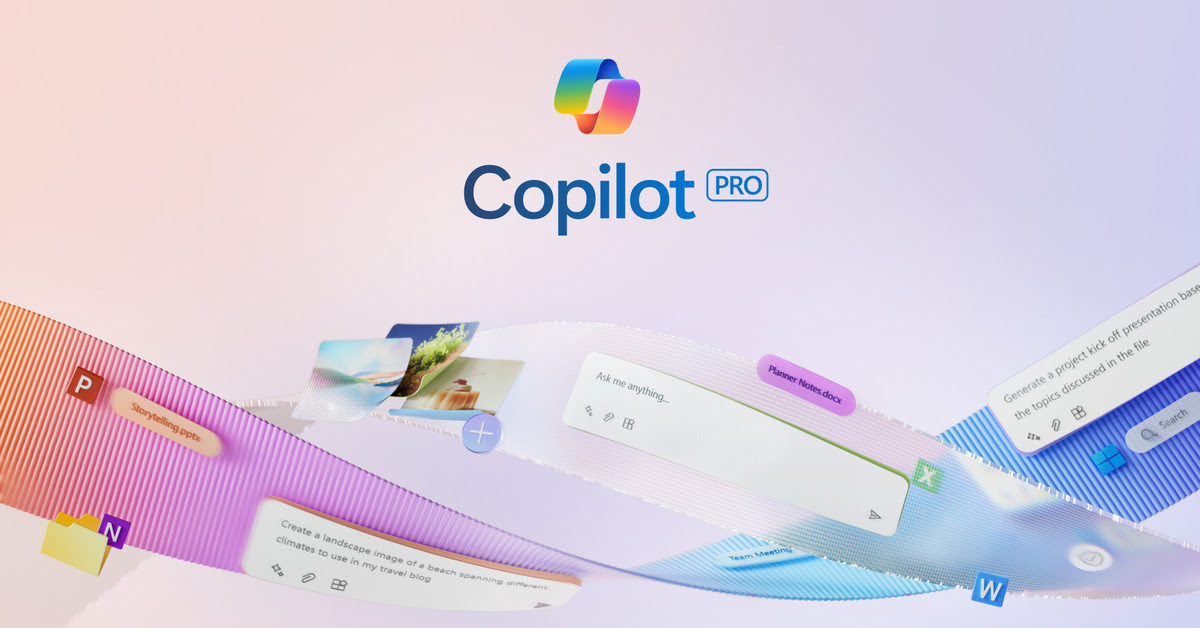
Microsoft’s new Copilot Pro brings AI-powered Office features to consumers
Microsoft has launched Copilot Pro, a new $20/mo subscription service that extends its AI-powered Office features, previously available only to businesses, to individual consumers. This service enhances Office apps like Word and Excel with AI capabilities, including the creation of PowerPoint presentations from prompts, text generation and summarization in Word, and email assistance in Outlook.com. Although it lacks some features available in the business version, Copilot Pro offers priority access to the latest OpenAI models, improvements to the Image Creator and a new feature to build custom Copilot GPTs. The service targets power users, offering enhanced performance and creative tools, and is available on various platforms including Mac, Windows and mobile. Copilot Pro can also be subscribed to independently for priority access to GPT-4 Turbo and improved image creation capabilities. Microsoft is also expanding its Copilot for Microsoft 365 to more businesses, reducing previous limitations and offering a subscription at $30 per user per month.
‘The Pearl’: The World’s Largest Kinetic Art Sculpture
“The Pearl,” unveiled on Royal Caribbean’s Icon of the Seas in Miami, FL claims the title of the world’s largest kinetic art sculpture. This grand structure, reaching 45 ft. in height and spanning 53 ft. in diameter, is constructed from nearly 3,000 computer-driven kinetic tiles. It not only mimics the ocean’s aura by illustrating natural phenomena like waves and celestial events but also showcases a sophisticated arrangement of tiles in a Fibonacci sequence, reflecting the inherent patterns of marine life. Its interactivity is a notable feature, with movements synced to real-time tidal and wind data from the Caribbean, offering a living, evolving portrayal of the environment. The development of The Pearl was a rigorous four-year endeavor, emphasizing meticulous design and craftsmanship. Now a prominent feature on the Icon of the Seas, it stands as an immersive installation that bridges the gap between the rhythmic essence of the ocean and the realm of contemporary kinetic art.
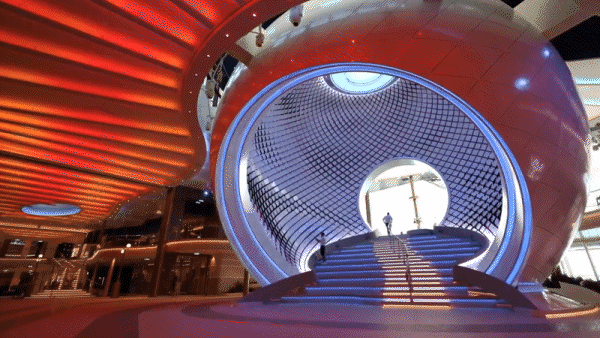
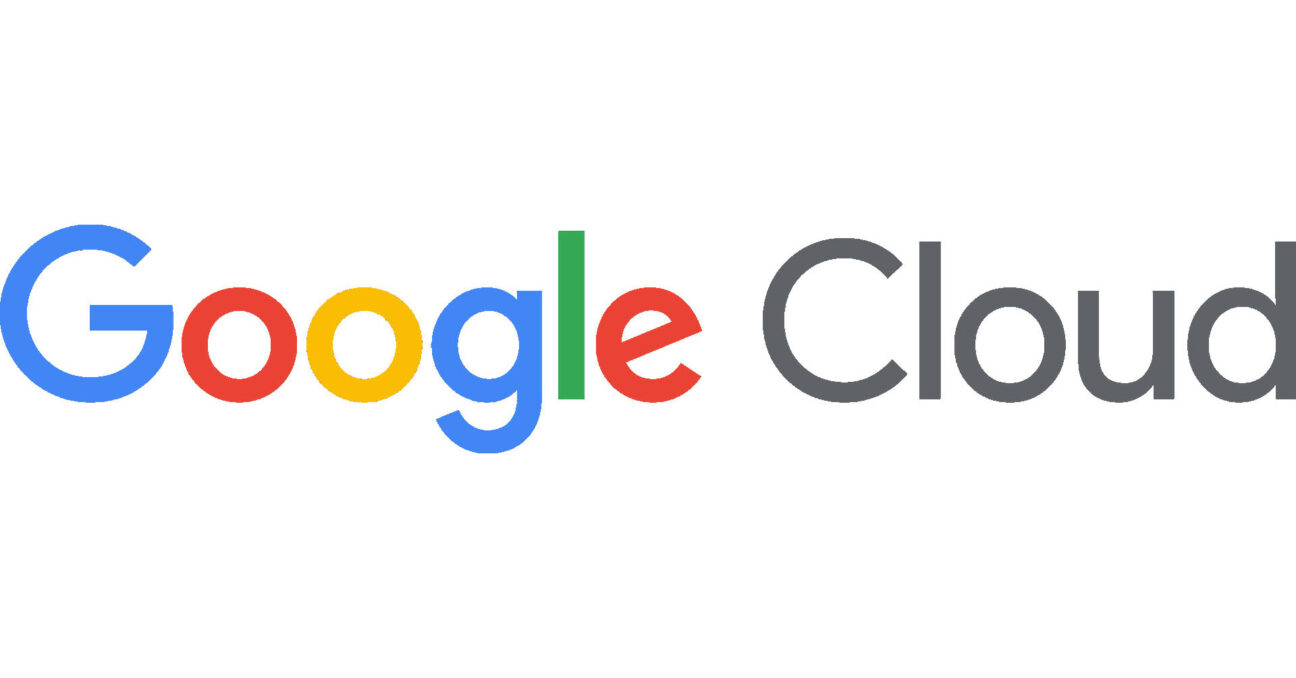
Google Cloud Debuts New Generative AI Technologies for Retailers Worldwide
Amazon has unveiled Q, an AI-powered chatbot for AWS customers, during its re:Invent conference, priced at $20 per user per month. Q is adept at handling a vast range of queries, drawing from an extensive AWS knowledge base, and can be integrated with a company’s specific systems to provide tailored assistance. Beyond answering questions, Q can generate content, summarize documents, and execute tasks via plugins, while also offering specialized functionalities for software development through its integration with CodeWhisperer. Ensuring high security and privacy standards, Q operates within the user’s permissions and can be integrated into Amazon’s internal products for enhanced functionalities. Positioned as a more comprehensive solution than its competitors, Q aims to streamline operations and foster effective use of AI in business environments.
“Such signal, much wow”: Starlink’s first texts via “cellphone towers in space“
SpaceX has successfully conducted the first text message exchange using T-Mobile network spectrum through its newly launched Starlink’s Direct-to-Cell satellites, a significant step towards enabling cellular transmissions to standard LTE phones from space. These “cellphone towers in space” are poised to begin text messaging services for T-Mobile customers in the US this year, and expand to voice and data services by 2025. Despite the complexity of the process, involving challenges like high-speed satellite movement and low phone antenna gain, Starlink’s advanced technology, including custom silicon and phased array antennas, has effectively addressed these issues. While the service promises global coverage, Elon Musk noted its bandwidth limitations make it less competitive with terrestrial networks, primarily serving as a solution for connectivity in remote areas with restricted ground-based cellular infrastructure. T-Mobile anticipates starting field tests with the Starlink network to address coverage gaps in challenging US terrains.
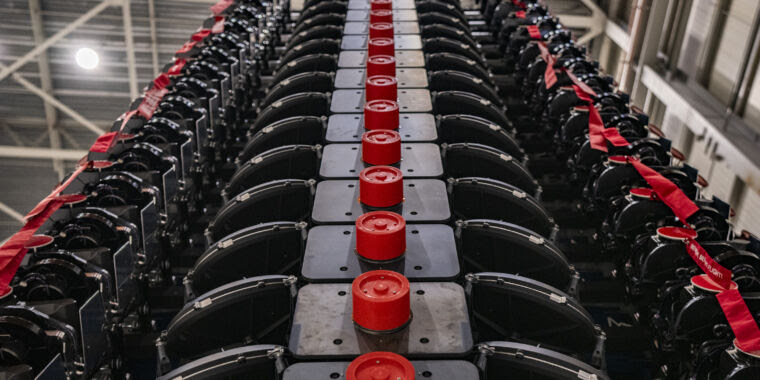
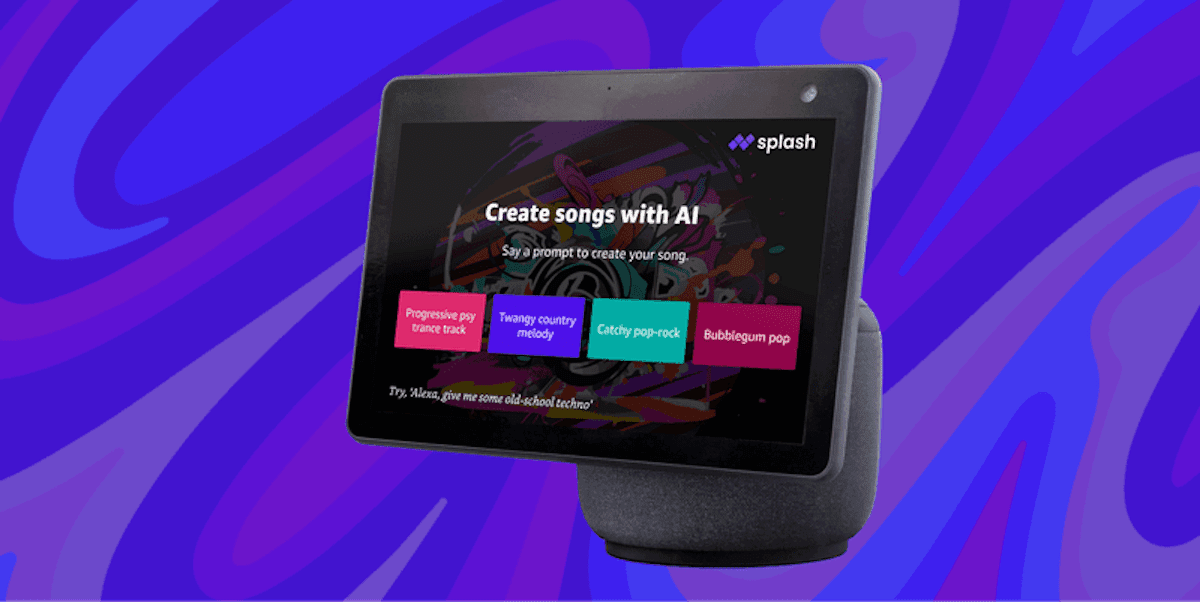
Amazon’s Alexa gets new generative AI-powered experiences
At CES, Amazon showcased new generative AI-powered experiences for Alexa, integrating tools from Character.AI, Splash and Volley. Character.AI allows Alexa users to engage in real-time conversations with diverse personas, from fictional characters to historical figures. Splash offers an Alexa Skill for users to create and download custom songs across various genres by voice commands. Volley’s “20 Questions” game leverages generative AI for an interactive guessing game. Besides these, Amazon has been enhancing Alexa with a more opinionated personality, emotional tone adjustments and educational features for kids through Amazon Kids+. Additionally, Amazon’s CES announcements included introducing Fire TV to Panasonic smart TVs, Matter Casting support for Fire TV and Echo Show 15 and the latest version of the Zoox robotaxi, emphasizing the company’s commitment to integrating AI across its range of services and products.
Wi-Fi 7 is here to make your internet faster
Wi-Fi 7 is the latest upgrade for home internet, acting like a supercharged highway with extra lanes, meaning more devices can enjoy faster internet without slowdowns. It’s particularly good at managing lots of internet traffic efficiently, ensuring a smooth experience even when many gadgets are connected. While your current devices will still work, embracing Wi-Fi 7’s full potential requires a new router and compatible devices. This doesn’t boost the speed from your internet provider but optimizes how that speed is used in your home, potentially making internet faster in certain areas or on specific devices. As this technology is new, performance varies across devices, so it’s worth checking the specifics when considering an upgrade. With brands like Netgear already releasing Wi-Fi 7 products, it’s just a matter of time before this becomes the new standard for a seamless internet experience at home.
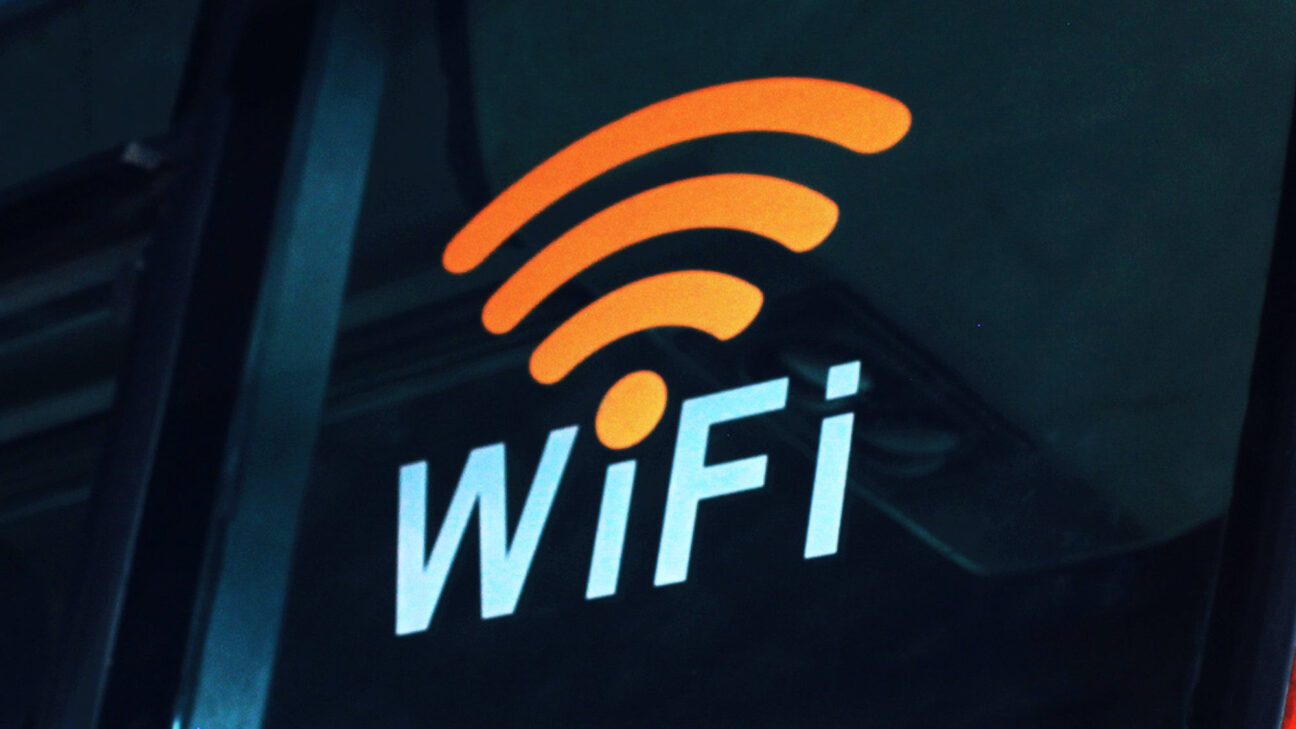
More Cool Stuff We Found
- Adobe’s new AI-powered Premiere Pro features eradicate boring audio editing tasks
- Samsung Frames Wireless Surround Sound as Home Decor
- AI-powered Verge Motorcycle Is Like Riding With Eyes on the Back of Your Head
- New solid state battery charges in minutes, lasts for thousands of cycles
- Google’s Circle to Search is a dead-simple way to find what you’re looking for
- Animoca Launches Web3 Chess Strategy Game Anichess, Partners Magnus Carlsen and Chess.com
- Add touchless to any computing device with only a webcam
- Chips Ahoy! showcases multicultural artists with Happy By Design AR experience
Missed a Creative Tech Byte? Find all previous versions here